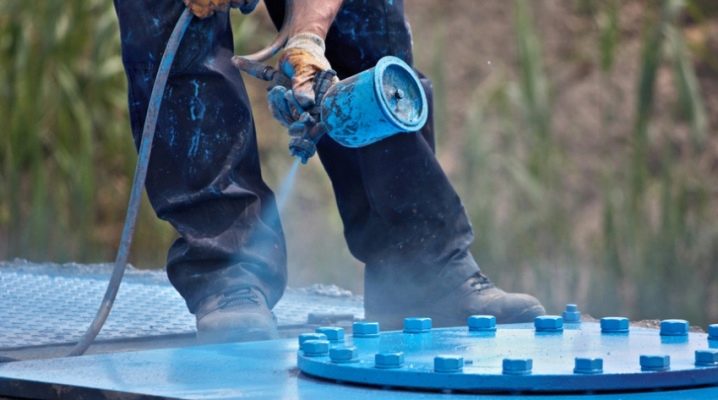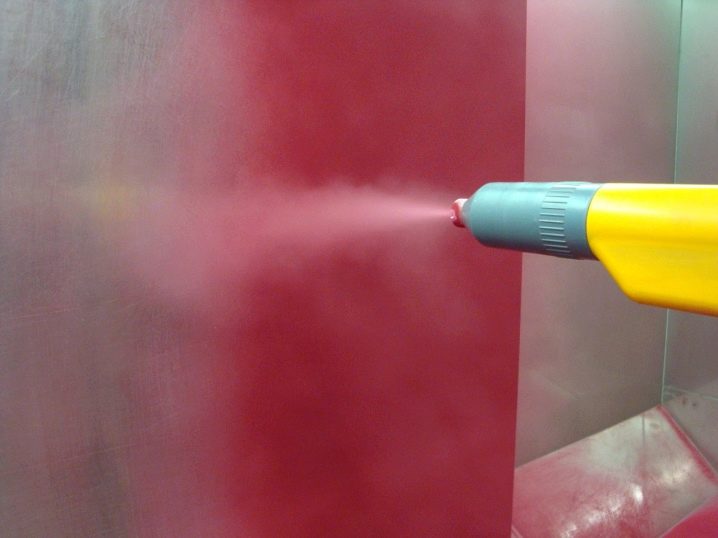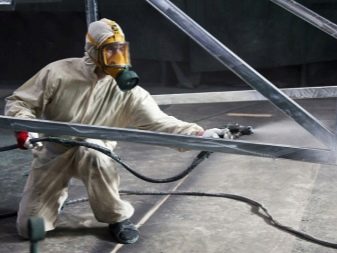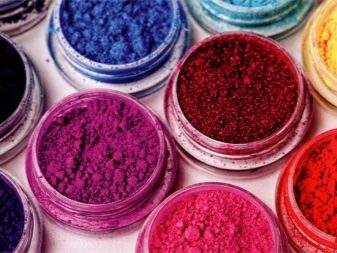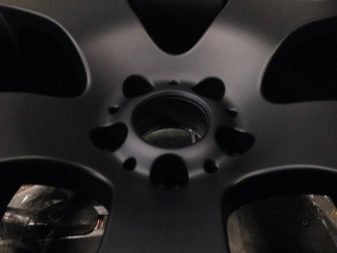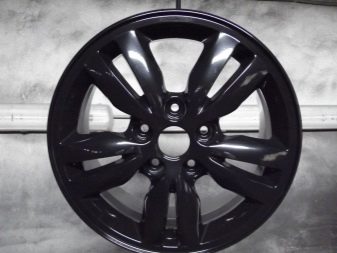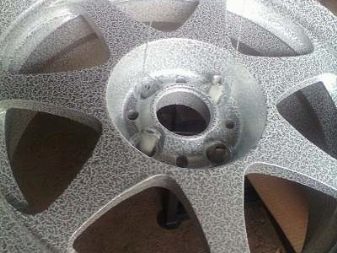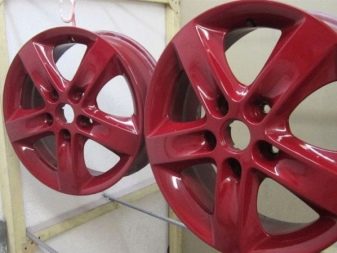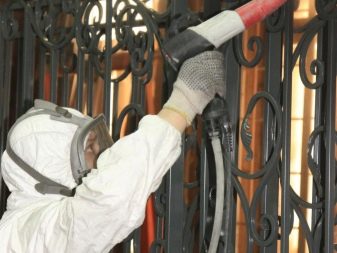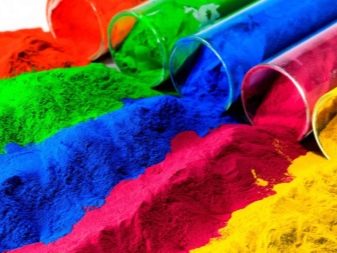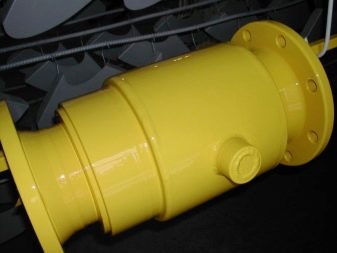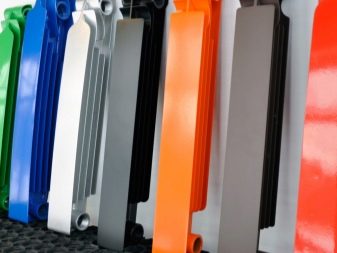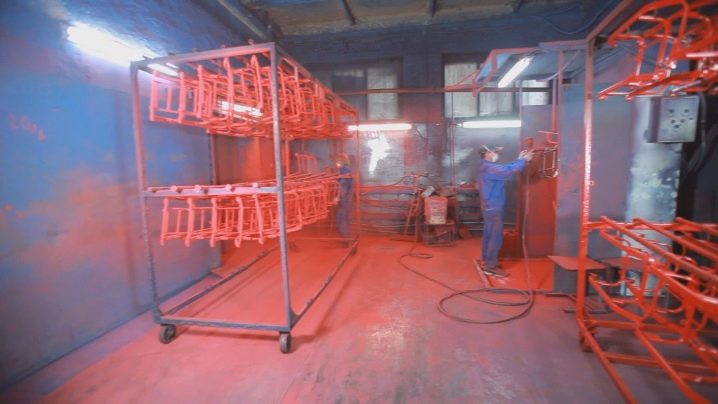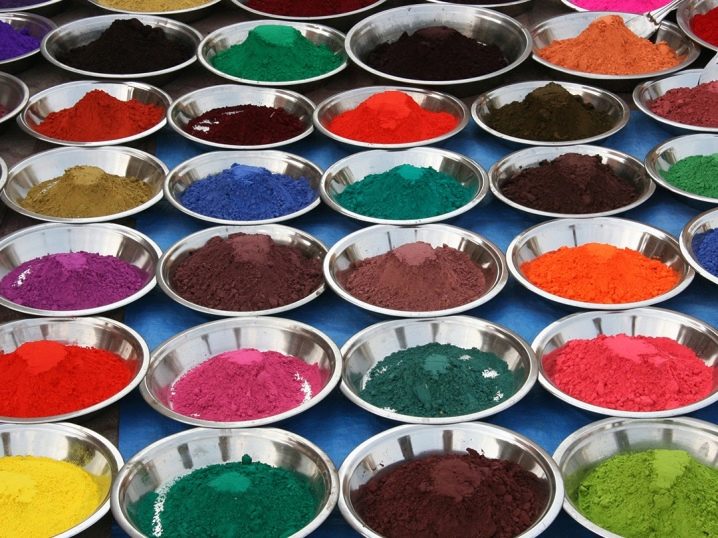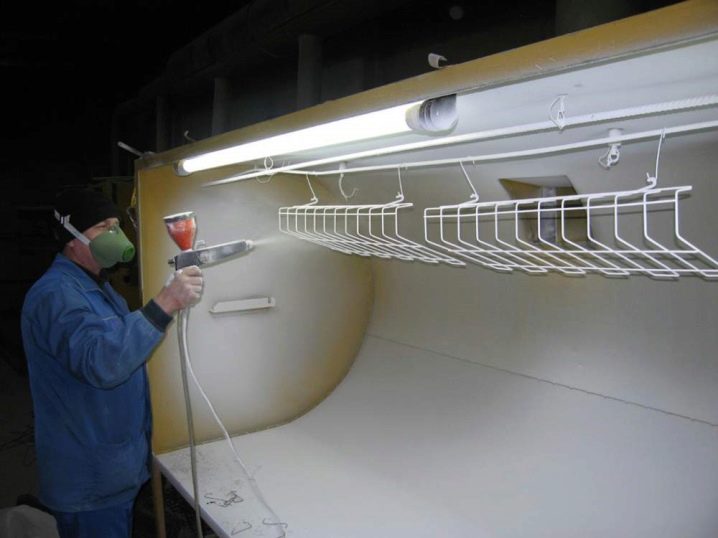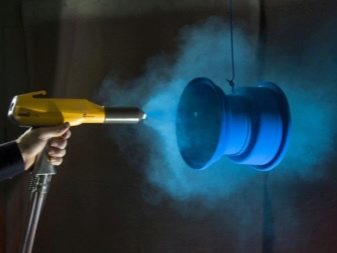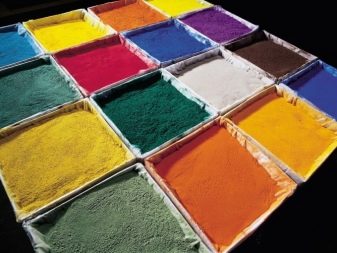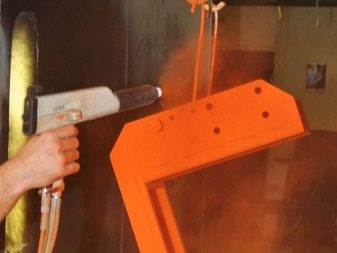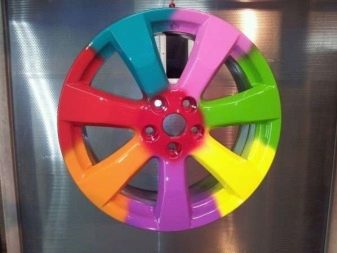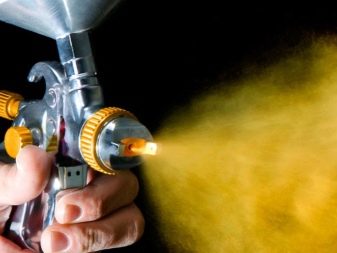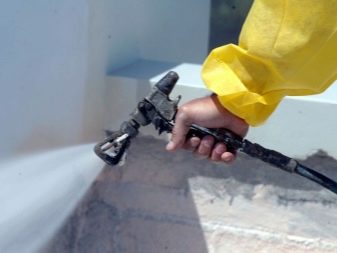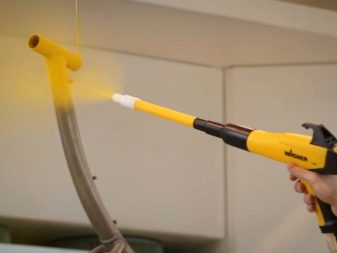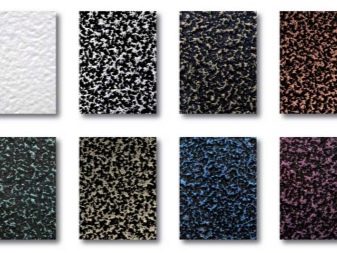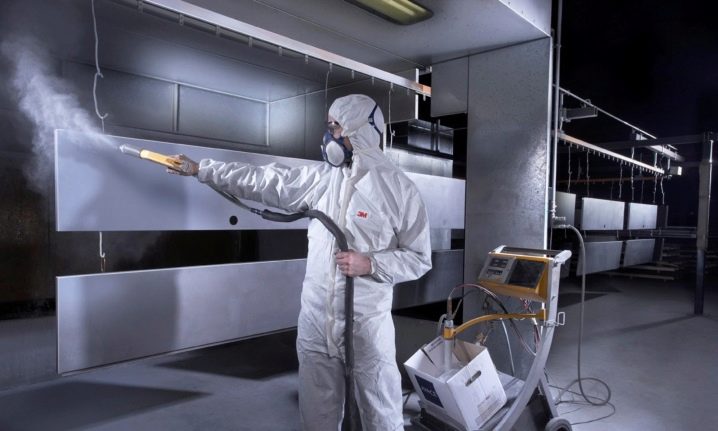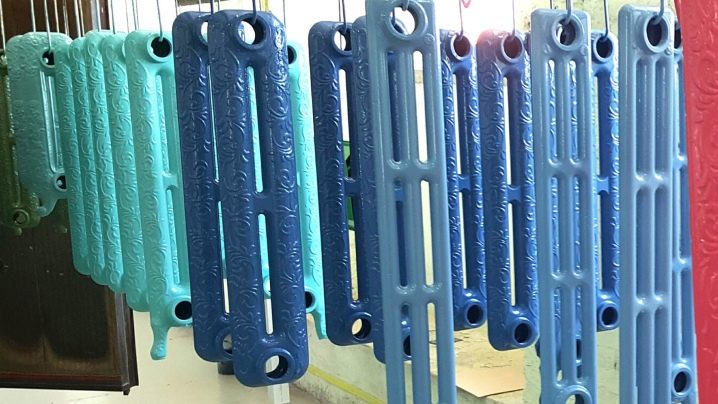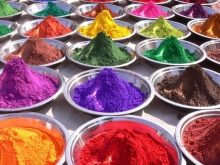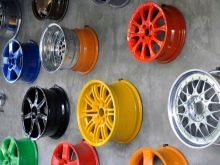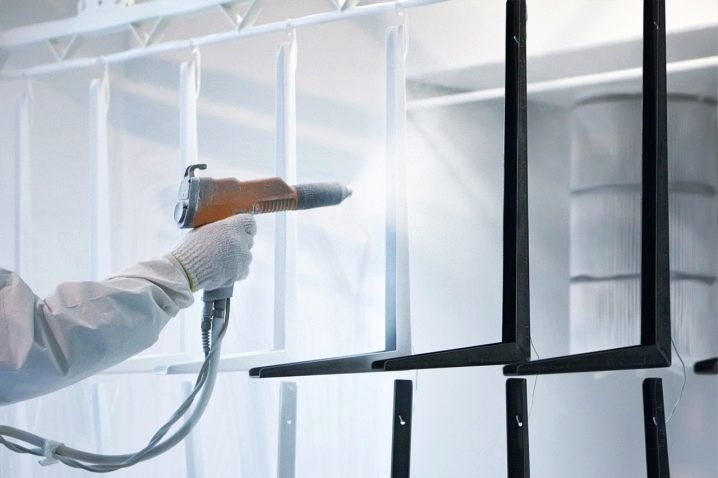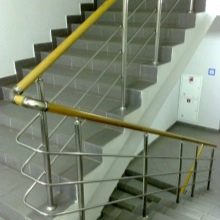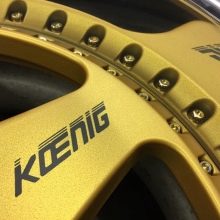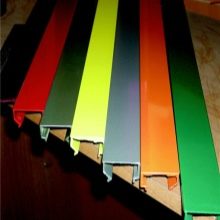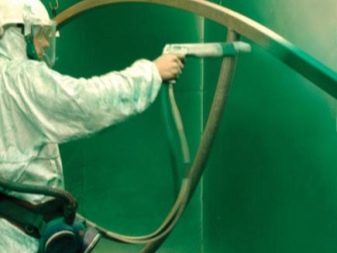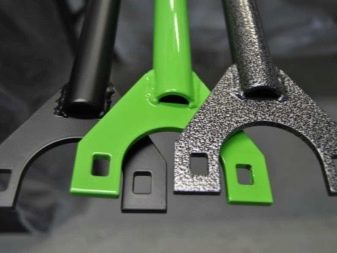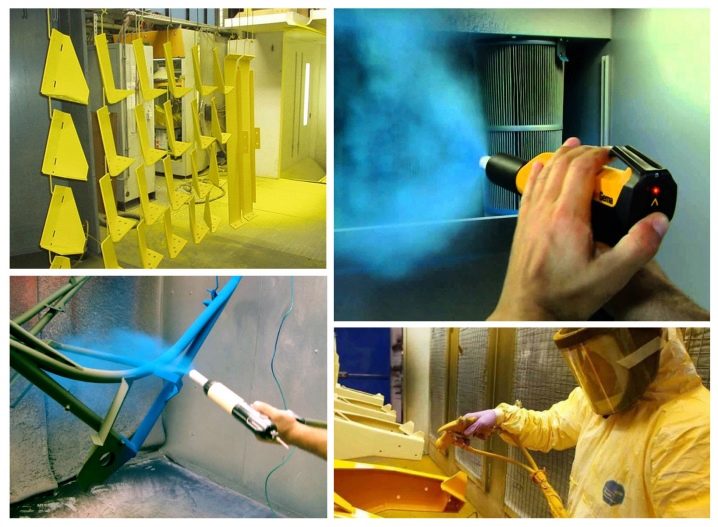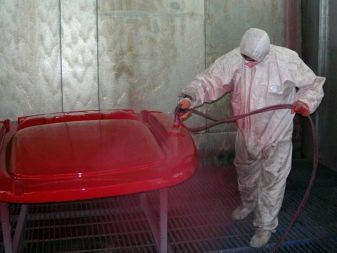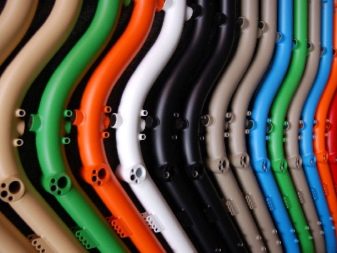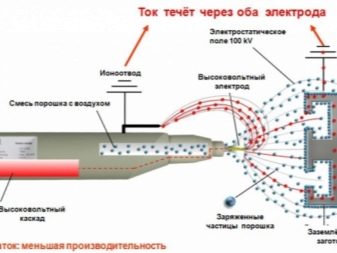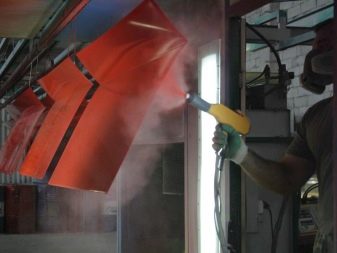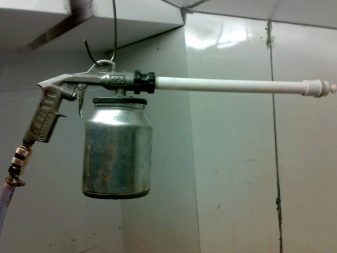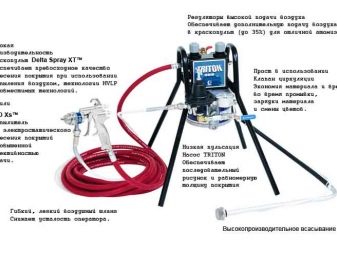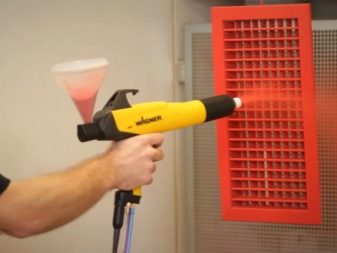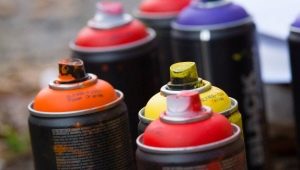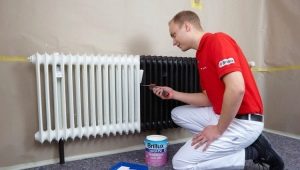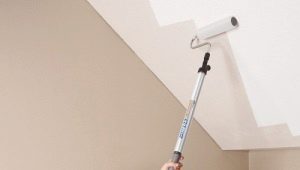Powder paint on metal: the pros and cons
Powder paints represent an original product in a segment of paints and varnishes. This raw material consists of catalysts, coloring pigments and film-forming agents. To date, this type of paint - the most profitable replacement for classic solutions.
Due to the high level of coating obtained by the use of polyester powder compositions, they are widely distributed in the construction, automotive industry, interior design. Most often they are used to paint furniture, sports equipment, household appliances, metal products or medical equipment.
Staining technology
The use of powder dyes is considered an environmentally friendly and non-waste dyeing method. The formation of the coating occurs from a polymer powder, which is applied with a particularly thin layer on the surface to be treated.After application, the surface must be melted at a temperature of 160 degrees Celsius, which requires special heat treatment chambers. The result is a uniform, continuous coating.
An interesting property of paint is that the remaining powder can be put back into the tank, saving it for future use.
The use of powder paints allows you to get a surface with an imitation of various textures. This is one of the advantages of this product, because the texture of wood, marble, stone, formed by paint, looks beautiful and unusual.
There are several types of surfaces:
- matte;
- glossy;
- volumetric;
- flat.
Pros of technology
This technology has many advantages. We note the main advantages.
- The possibility of applying the coloring composition in one thin layer (as opposed to staining with a liquid paint and varnish equivalent). This property greatly improves the process optimization.
- No need to control viscosity and use of solvent. This reduces production costs.
- Powder dyeing takes less time compared to liquid analogues.
- Environmental friendliness and safety are indisputable advantages of powder-based paints. The absence of toxic compounds reduces the cost of ventilation systems and the provision of premises with appropriate installations.
- Maximum automation of the workflow reduces the requirements for employees, simplifies their training system.
Kinds
Powder paints are separated according to the film formation method. Consider the main popular varieties.
Thermoplastic
As the resin used nylon, vinyl or polyester. A hard coating is formed by hardening the resin after reflow. There are no chemical reactions when using these paints. Due to this, it is possible to reheat and melt the powder. They are mainly used for dyeing metal and chrome products.
The negative side of thermoplastic paints is that the protective film will disappear when the temperature is disturbed.
Thermoactive
This is a more common type of paint. The film is formed by chemical reaction and transformation of the composition. For manufacturing use several types of resins.
The use of thermoactive paints reduces the risk of surface deformation when reheated to zero. Coloring with thermoactive paints is used for products that operate in difficult conditions.
This material is actively used in mechanical engineering.
The components of both types of paints have good flowability, so that the paint does not stick if it gets on the skin or a foreign object that is not planned to be painted. Powders do not have a shelf life, over time they do not thicken, do not harden and do not tarnish..
Their main difference from liquid analogues is that there is no need for a solvent. Various pigments can be included in the product to give depth and brightness to the color.
Paint benefits
The cost effectiveness of the technology, high polymerization rate (fast setting), compact size of the equipment and the ability to reuse the remaining powder make it possible to speak of the high advantage of solid paints over traditional paint and varnish products. Highlight the main advantages of powder paints.
Efficiency
Due to technology and the ability to return unused materialpolyester powder back to the tank is the most economical product compared to other types of paints.
High wear resistance
Powder paints, despite their environmental friendliness, are not inferior in the parameter of wear resistance to other materials of their segment. This coating does not require a quick adjustment, as the composition is resistant to abrasion.
Uniform coverage
The use of heat treatment chambers ensures uniform distribution of polyester particles and pigment. The paint lies in an even and uniform layer, while on the surface there are no visible transitions.
Additional security features
Uniform coating affects the distribution of loads and gives additional strength to the base, increasing the security of the product. Due to the chemical composition of this material resists corrosion.
Ease of maintenance
Simplicity in service of the equipment and the covered product is obvious plus of a powder covering. It is easy to put structure: it is in power even to the beginner.
Decorative
A wide variety of colors allows you to get a variety of coatings and textures.Gloss, matte finish, bulk or metallic, the texture of wood and marble - all this is possible when using this powder.
High adhesion
The ability to adhere to surfaces in powder paints is quite high, and the type of surface can be universal. Due to its high adhesion, this painting option is suitable for a large number of materials, as well as stainless steel products.
Heat resistance
The roasting method helps to increase resistance to temperature changes, strengthening the coating and providing reliable protection from thermal effects in the future.
Variety of colors
When mixing colors, you can get more than 5000 shades, simulate the properties of various textures, which is not available when working with liquid materials. If desired, you can choose a shade to match the interior composition, or finish the surfaces to emphasize individual functional areas.
Impact resistance
Immunity to mechanical damage makes powder paints especially popular. Polymer structure and processing technology increase the service life of the powder and the material coated with it.
Water resistance
The water-repellent coating reliably protects against moisture and dust. It prevents peeling paint from the surface of the product. This property is especially appreciated by buyers.
Durability
The composition, steady against decomposition and damages, allows to do for a long time without repainting of a product. With the observance of dyeing technology, you will not have to make adjustments or tinting the surface for several years.
Chemical neutrality
The composition is neutral to chemical influences, and, therefore, resistant to them. The surface covered with this paint can be wiped using household chemicals.
Minuses
There are downsides to powder coating technology. These include the inability to correct local flaws and defects. In the case of marriage there is a need for complete repainting, which incurs significant material costs. In addition, the size of the painted products is limited by the size of the chamber for heat treatment.
The requirement of special equipment and temperature conditions makes the use of powder paints at home difficult.Only if there is a complete set of equipment and a special oven, it will be possible to paint independently.
This process will be costly if you only need to paint a few details. These paints are not suitable for painting parts that are subjected to future welding due to the lack of options for their restoration. They can not be tinted.
Working with solid paints, each color will have to be applied separately, it is impossible to mix the powders.
Application Methods
Dry powder paints are applied to the surface in two ways. Both consist in the transfer of electric charge to the powder particles.
Electrostatic spraying
Industrial method of application, which consists in charging the powder particles with a corona discharge. The advantage of this painting is the ability to charge any modern powder materials. This reduces the sensitivity of powders to air humidity, reduces the cost of purchasing, operating and replacing equipment.
Tribo-static
This spraying occurs by friction of one material against another. For the application of dry powder using a Teflon tribostatic spray.The advantage of this method is to transfer the charge without creating an electrical voltage or ion current between the powder particles and the sprayer. This makes it possible to apply the powder evenly and finely. There is an opportunity to use multi-jet nozzles in the work, using more dotted paint and covering only the necessary areas.
Such epoxy heat-resistant ink mixture in cans has excellent technical characteristics.
The use of powder paints for metal is a step forward in the materials dyeing industry. but this method is not universal.
Before using the powder coating technique, you should weigh all the pros and cons. It is necessary to choose the most suitable option for the upcoming painting works.
In the video below you will see how the metal is painted with powder paint.
